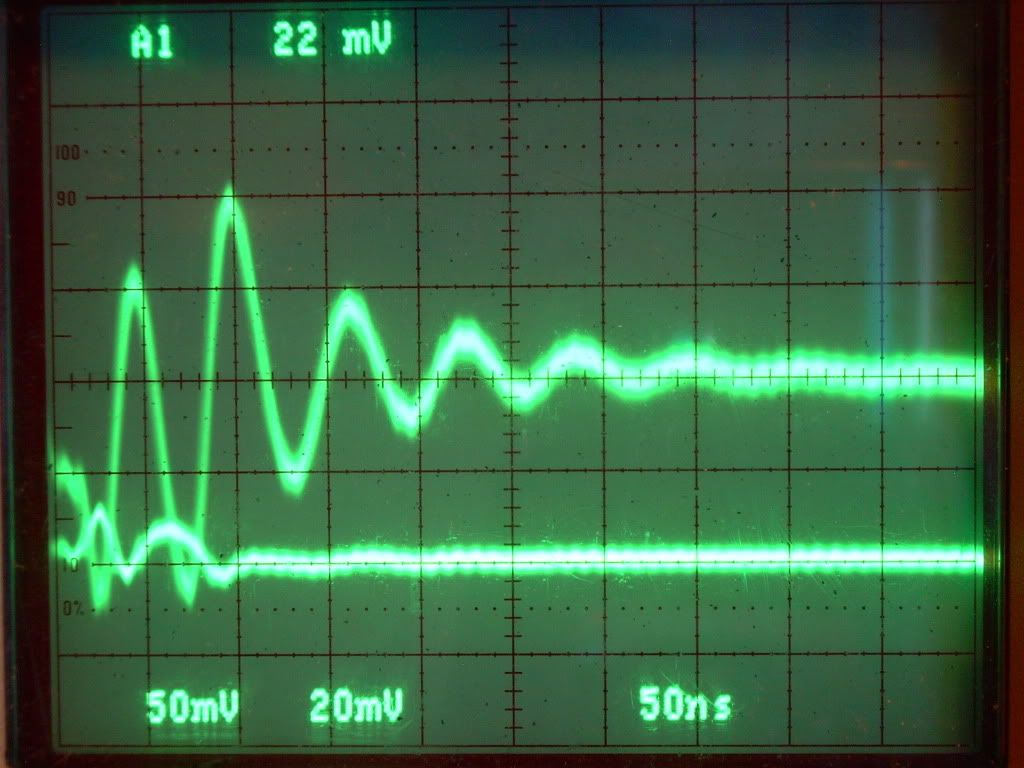Hi Rosemary, actually the self oscillations were with air-core coils and some with cores when removing power from 555. Though I'm sure certain inductive heating elements would do the same as Aaron is showing.
peace love light
Tyson
peace love light
Tyson
 I'm going to start around 9:00 PDT or about 1 hour from now if you, Rosemary or anyone else may have comments (NO comments please poynt99 for now) on this go round, on a closest apples to apples test .....
I'm going to start around 9:00 PDT or about 1 hour from now if you, Rosemary or anyone else may have comments (NO comments please poynt99 for now) on this go round, on a closest apples to apples test ..... 







Comment